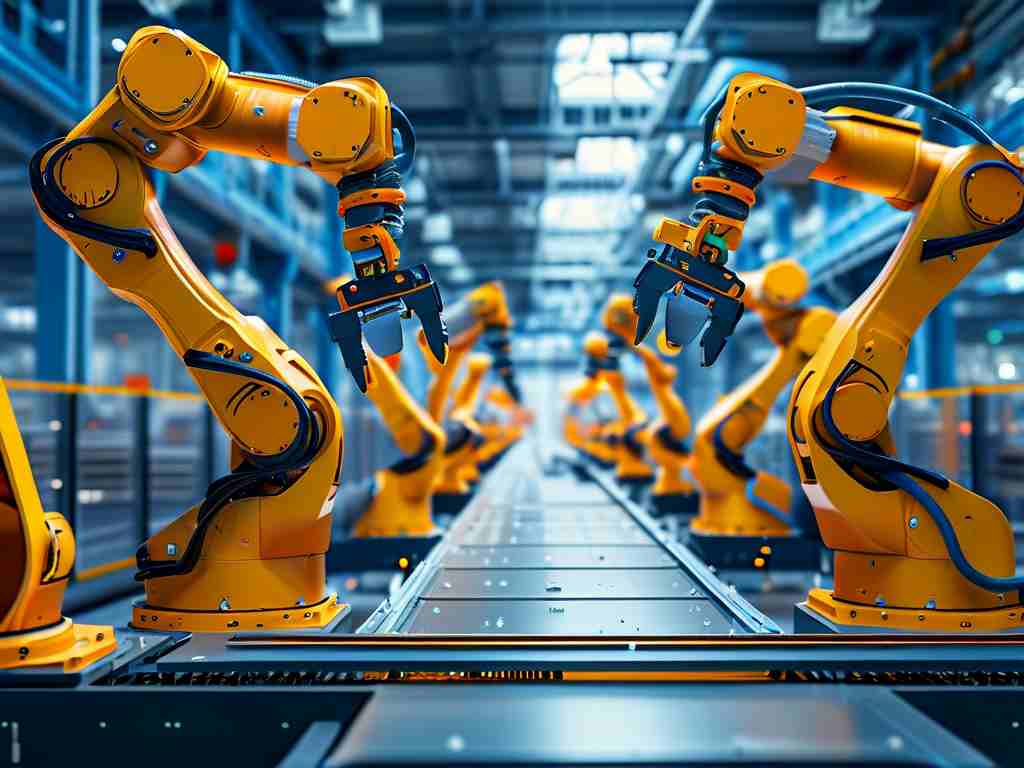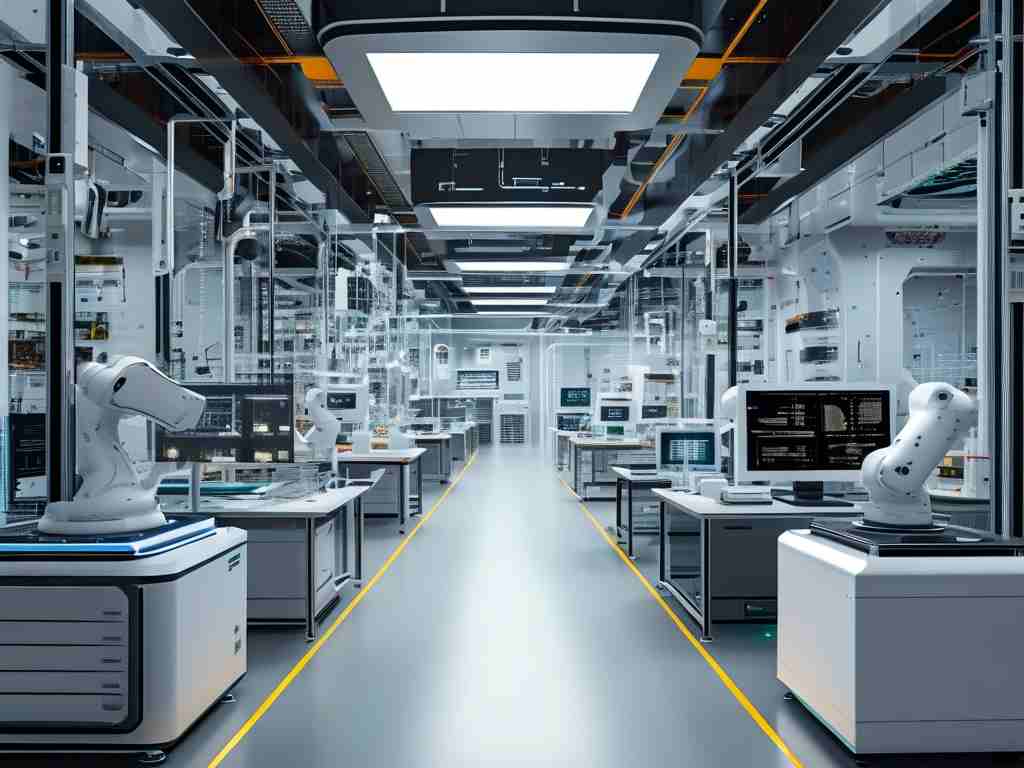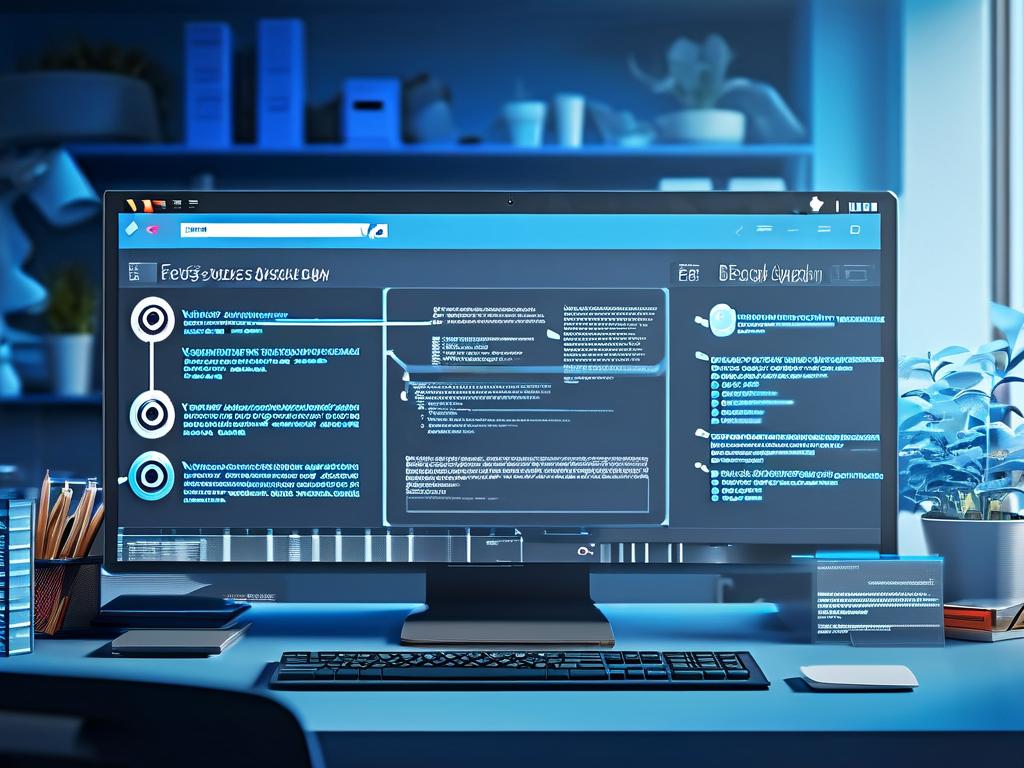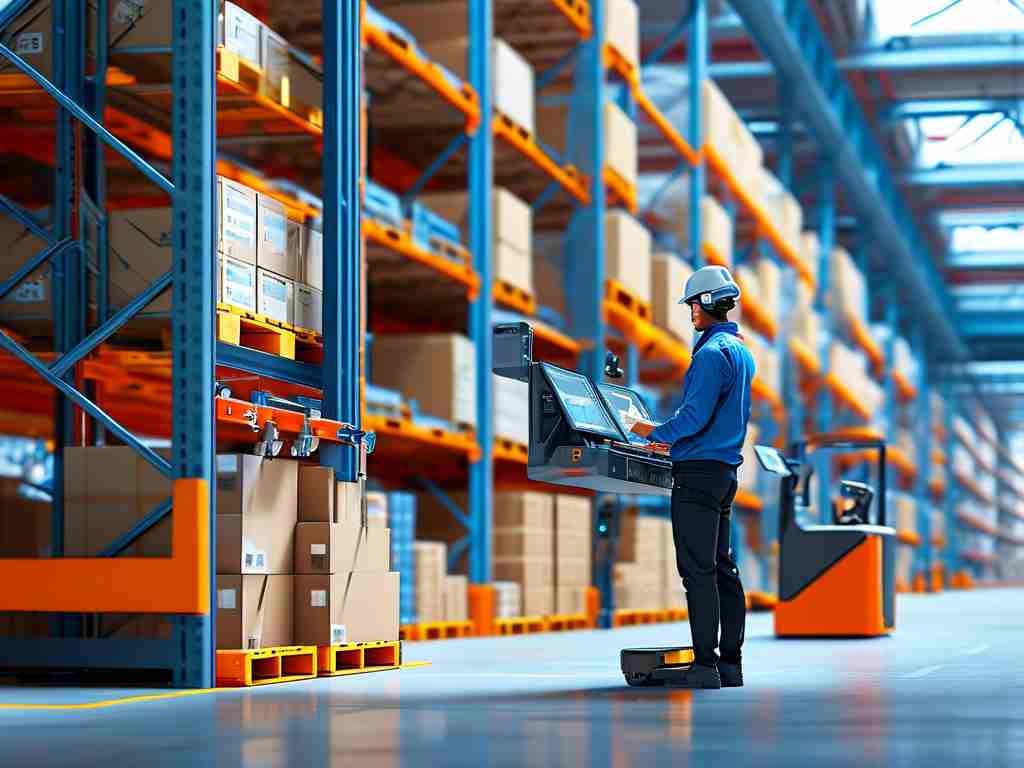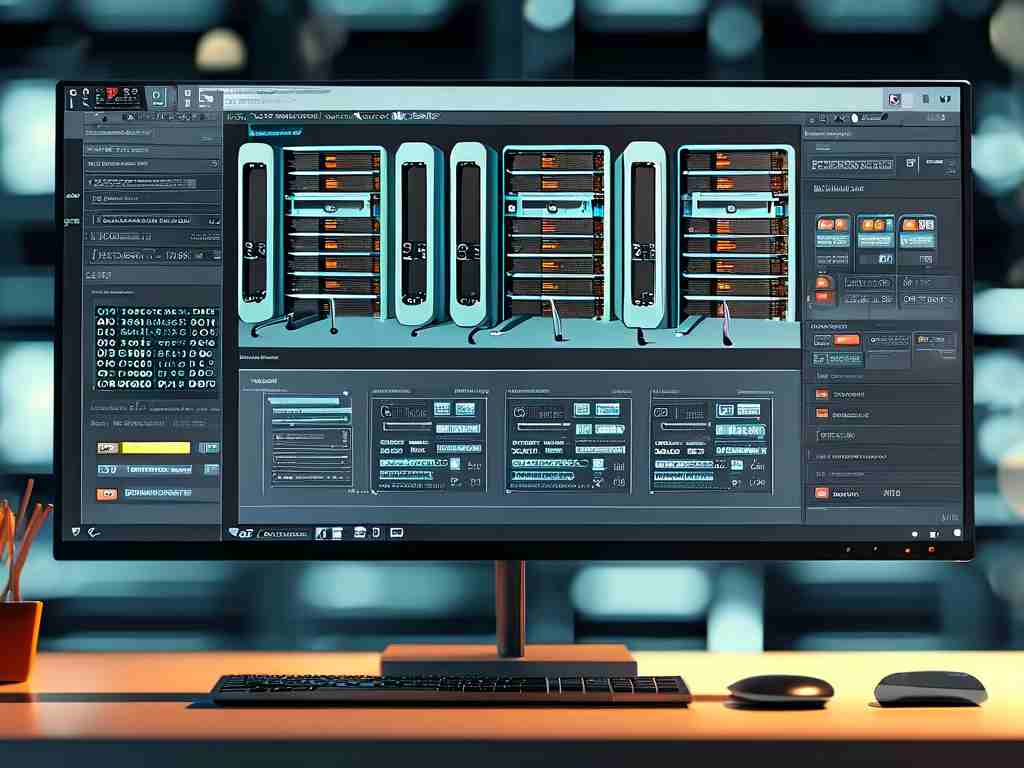As modern construction projects grow in complexity, the demand for precision and efficiency has driven innovation in deployment methodologies. This article explores a customizable template for automated construction deployment solutions, demonstrating how integrating technology with operational workflows can reduce human error and accelerate timelines.

The Evolution of Construction Workflows
Traditional construction deployment relied heavily on manual coordination between teams, often leading to delays and miscommunication. With advancements in IoT sensors, BIM (Building Information Modeling), and cloud-based platforms, automated systems now enable real-time data sharing and equipment synchronization. For example, drone-based site surveys combined with machine learning algorithms can automatically adjust material delivery schedules based on weather predictions.
Core Components of an Automation Template
-
Pre-Deployment Planning Module
A robust template begins with digital twin simulations to model site conditions. Tools like Autodesk Revit or Bentley Systems allow engineers to visualize potential bottlenecks. Code snippet below illustrates a basic API call for synchronizing equipment status:def update_equipment_status(site_id, equipment_data): api_endpoint = f"https://api.constructionsync.com/v2/sites/{site_id}/equipment" headers = {"Authorization": "Bearer <API_KEY>"} response = requests.patch(api_endpoint, json=equipment_data, headers=headers) return response.status_code -
Dynamic Resource Allocation Engine
Machine learning models analyze historical project data to optimize crew assignments and machinery usage. For instance, concrete pouring schedules can be adjusted automatically when sensors detect curing rate variations.
Implementation Challenges and Solutions
While automation promises efficiency, adoption barriers persist. A 2023 industry survey revealed that 42% of contractors struggle with legacy system integration. To address this, modern templates incorporate hybrid deployment modes – allowing gradual transition from manual processes. Cross-platform middleware (e.g., Node-RED workflows) helps bridge gaps between new IoT devices and existing SCADA systems.
Case Study: High-Rise Building Project in Singapore
A recent 58-story development utilized an automated deployment template to coordinate 120+ subcontractors. Key outcomes included:
- 19% reduction in equipment idle time
- 14% faster floor cycle completion
- Real-time concrete strength monitoring via embedded sensors
Project managers emphasized the importance of customizing alert thresholds in the template to prevent false notifications from vibration sensors during piling work.
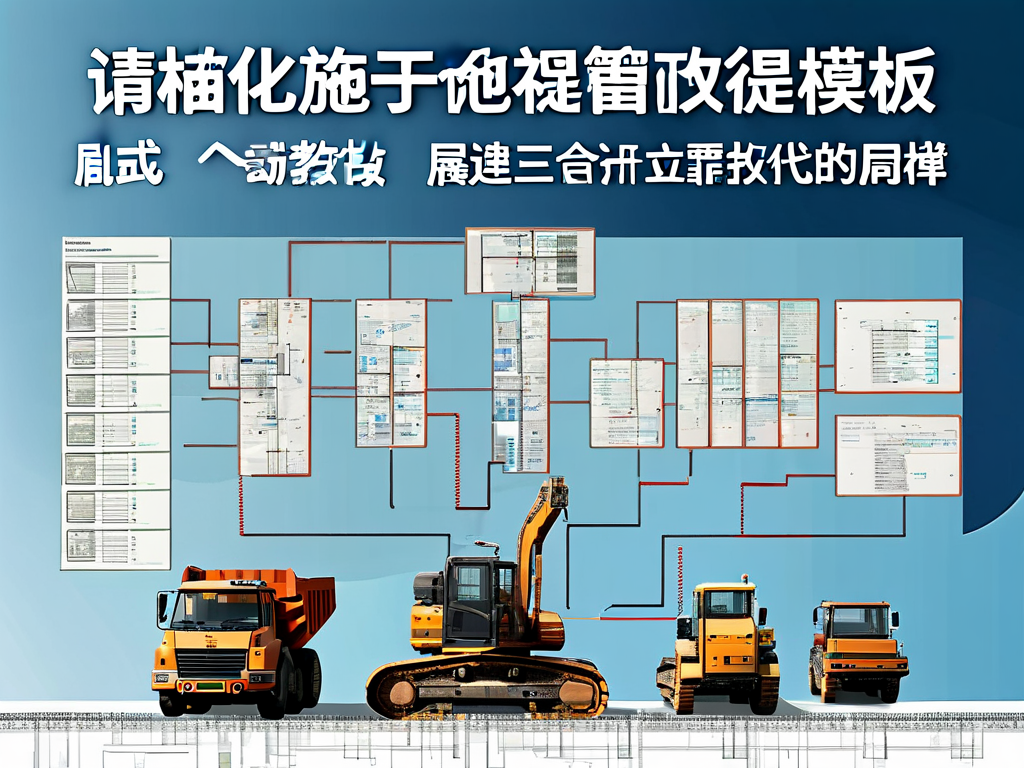
Future-Proofing Deployment Strategies
Emerging technologies like 5G edge computing and autonomous construction robots are reshaping deployment paradigms. Forward-looking templates now include modular architecture for plug-and-play integration of new tools. The diagram below outlines a phased automation strategy:
Phase 1: Digital Documentation → Phase 2: Equipment Automation → Phase 3: AI-Driven Decision Making Best Practices for Template Customization
- Conduct quarterly template audits to align with updated safety regulations
- Implement role-based access controls for multi-stakeholder environments
- Maintain manual override capabilities for critical operations
As noted by the Construction Industry Institute, projects using standardized automation templates report 23% higher compliance rates with sustainability targets compared to conventional approaches.
The proposed automated construction deployment template serves as a living framework that evolves with technological advancements. By combining rigorous planning modules with adaptive execution systems, organizations can achieve predictable outcomes in unpredictable environments. Future developments in generative AI for permit processing and blockchain-based material tracking promise to further enhance these solutions.


